Lebin Zhou
TVC: Tokenized Video Compression with Ultra-Low Bitrate
Apr 22, 2025Abstract:Tokenized visual representations have shown great promise in image compression, yet their extension to video remains underexplored due to the challenges posed by complex temporal dynamics and stringent bitrate constraints. In this paper, we propose Tokenized Video Compression (TVC), the first token-based dual-stream video compression framework designed to operate effectively at ultra-low bitrates. TVC leverages the powerful Cosmos video tokenizer to extract both discrete and continuous token streams. The discrete tokens (i.e., code maps generated by FSQ) are partially masked using a strategic masking scheme, then compressed losslessly with a discrete checkerboard context model to reduce transmission overhead. The masked tokens are reconstructed by a decoder-only transformer with spatiotemporal token prediction. Meanwhile, the continuous tokens, produced via an autoencoder (AE), are quantized and compressed using a continuous checkerboard context model, providing complementary continuous information at ultra-low bitrate. At the Decoder side, both streams are fused using ControlNet, with multi-scale hierarchical integration to ensure high perceptual quality alongside strong fidelity in reconstruction. This work mitigates the long-standing skepticism about the practicality of tokenized video compression and opens up new avenues for semantics-aware, token-native video compression.
GameIR: A Large-Scale Synthesized Ground-Truth Dataset for Image Restoration over Gaming Content
Aug 29, 2024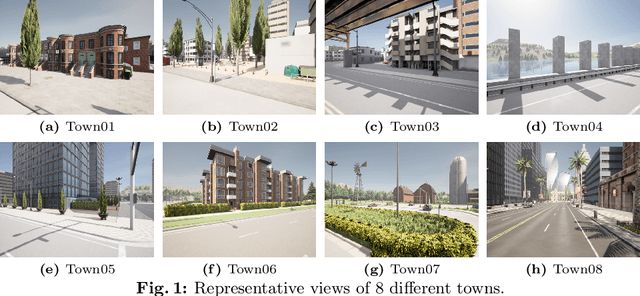

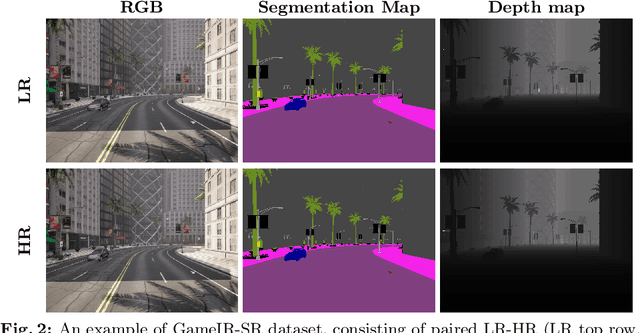
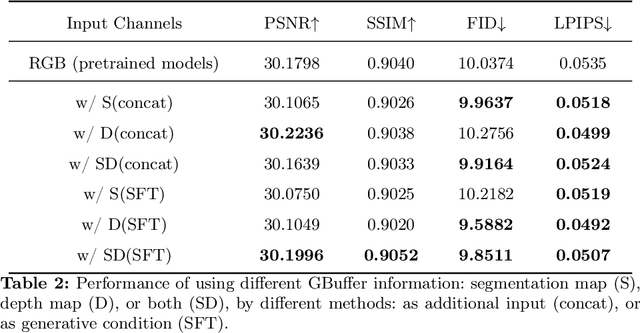
Abstract:Image restoration methods like super-resolution and image synthesis have been successfully used in commercial cloud gaming products like NVIDIA's DLSS. However, restoration over gaming content is not well studied by the general public. The discrepancy is mainly caused by the lack of ground-truth gaming training data that match the test cases. Due to the unique characteristics of gaming content, the common approach of generating pseudo training data by degrading the original HR images results in inferior restoration performance. In this work, we develop GameIR, a large-scale high-quality computer-synthesized ground-truth dataset to fill in the blanks, targeting at two different applications. The first is super-resolution with deferred rendering, to support the gaming solution of rendering and transferring LR images only and restoring HR images on the client side. We provide 19200 LR-HR paired ground-truth frames coming from 640 videos rendered at 720p and 1440p for this task. The second is novel view synthesis (NVS), to support the multiview gaming solution of rendering and transferring part of the multiview frames and generating the remaining frames on the client side. This task has 57,600 HR frames from 960 videos of 160 scenes with 6 camera views. In addition to the RGB frames, the GBuffers during the deferred rendering stage are also provided, which can be used to help restoration. Furthermore, we evaluate several SOTA super-resolution algorithms and NeRF-based NVS algorithms over our dataset, which demonstrates the effectiveness of our ground-truth GameIR data in improving restoration performance for gaming content. Also, we test the method of incorporating the GBuffers as additional input information for helping super-resolution and NVS. We release our dataset and models to the general public to facilitate research on restoration methods over gaming content.
Quarter Laplacian Filter for Edge Aware Image Processing
Jan 20, 2021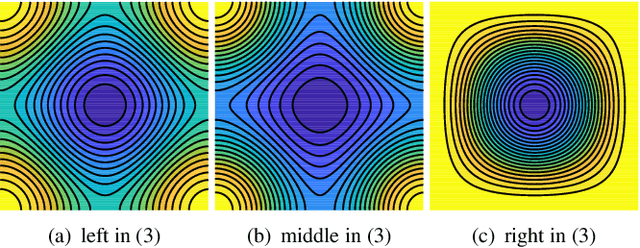
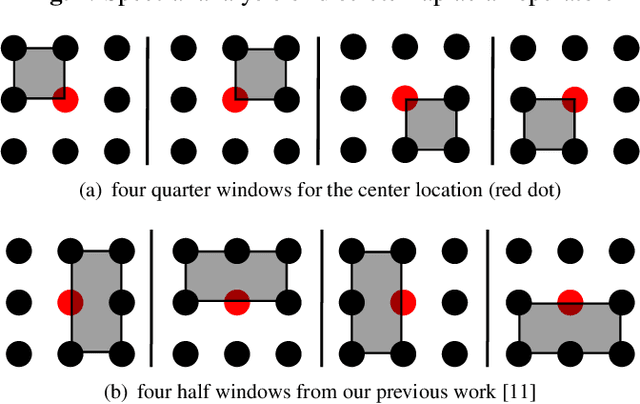
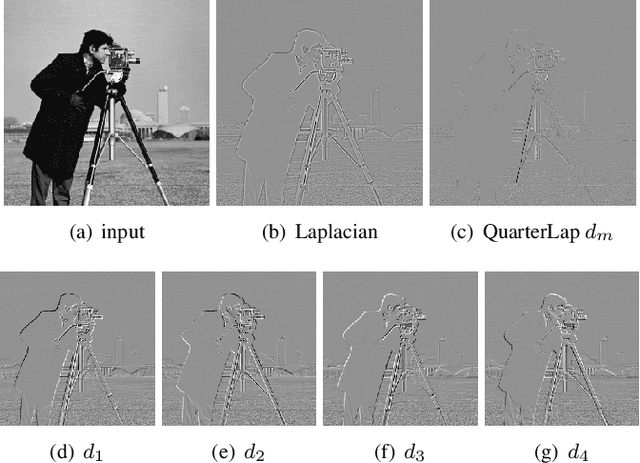
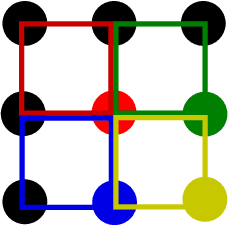
Abstract:This paper presents a quarter Laplacian filter that can preserve corners and edges during image smoothing. Its support region is $2\times2$, which is smaller than the $3\times3$ support region of Laplacian filter. Thus, it is more local. Moreover, this filter can be implemented via the classical box filter, leading to high performance for real time applications. Finally, we show its edge preserving property in several image processing tasks, including image smoothing, texture enhancement, and low-light image enhancement. The proposed filter can be adopted in a wide range of image processing applications.
A Discrete Scheme for Computing Image's Weighted Gaussian Curvature
Jan 20, 2021
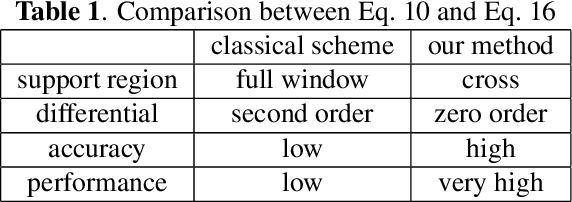


Abstract:Weighted Gaussian Curvature is an important measurement for images. However, its conventional computation scheme has low performance, low accuracy and requires that the input image must be second order differentiable. To tackle these three issues, we propose a novel discrete computation scheme for the weighted Gaussian curvature. Our scheme does not require the second order differentiability. Moreover, our scheme is more accurate, has smaller support region and computationally more efficient than the conventional schemes. Therefore, our scheme holds promise for a large range of applications where the weighted Gaussian curvature is needed, for example, image smoothing, cartoon texture decomposition, optical flow estimation, etc.
 Add to Chrome
Add to Chrome Add to Firefox
Add to Firefox Add to Edge
Add to Edge